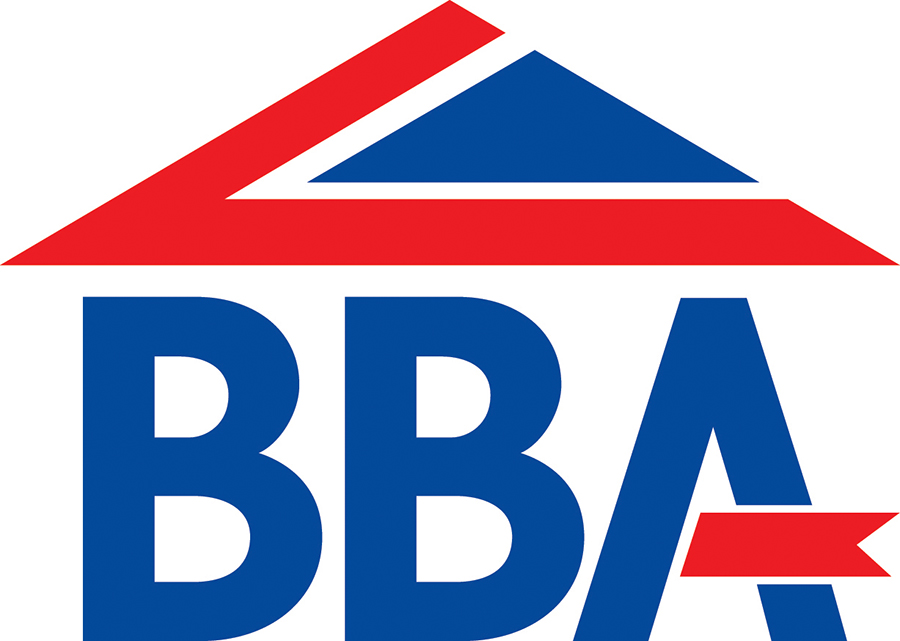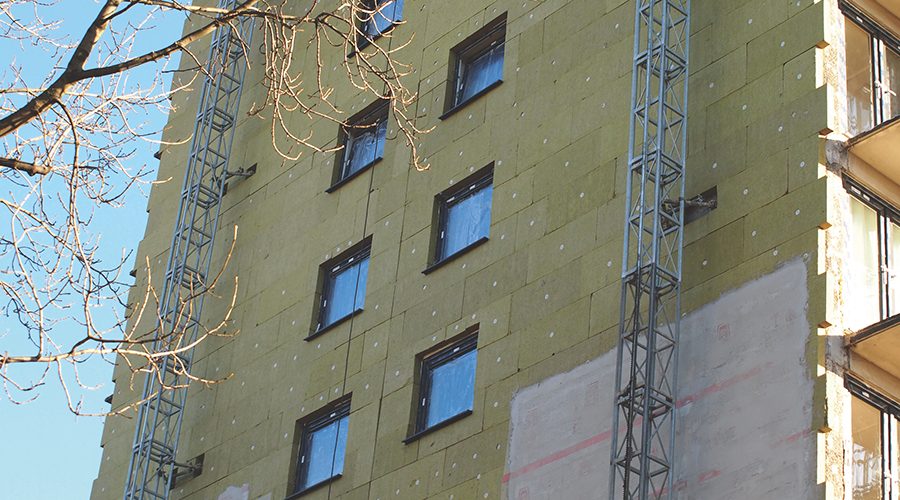Ensuring the structural stability of external wall insulation systems (EWIS) is critical to their safe and effective performance, with particular attention required when it comes to their ability to withstand wind load.
BBA
EWIS comprise insulation mechanically or adhesively fixed to an external wall. The systems improve the thermal performance of a building and are often utilised to upgrade the aesthetics of a facade, with various types of render (for example silicone, acrylic and mineral) or decorative finishes (such as brick slips or dash finishes) bonded to the outer surface of the insulation boards or slabs.
The popularity of EWIS has challenged UK construction professionals to improve design, detailing and installation, including the specification of ancillary components, pre-installation procedures, quality of work on site and site surveys. However, reports of EWIS structural failures worldwide have raised technical bodies’ awareness of these systems’ resistance to wind load.
Design and installation defects such as deficient structural calculations, substandard ancillary components and weather exposure during installation also reduce the service life of systems. It is, therefore, crucial when designing and specifying EWIS to consider every mechanism by which they resist applied static and dynamic loads.
Lateral loads
Negative wind load (wind suction on the external face off the system) is the most adverse lateral load. Design resistance to this is determined either by a full-scale wind suction test (for example the DWU, dynamic wind uplift test) or by structural calculations defining the resistance of the contributing components.
Design wind loads on different zones of a building’s elevation, taking into account the specific geographical location and topography, must be calculated in accordance with Eurocodes BS EN 1991-1-4:2005 and its UK National Annex. In all cases the external wall should be able to resist the additional load created by the EWIS; the adequacy of the supporting structure must be verified by those responsible for the overall stability of the building. Only trained, competent professionals can design, specify and install EWIS in accordance with the particular requirements.
Resistance to wind load depends on the type of EWIS and the fixing method, which must give a design resistance equal to or greater than the design load applied. Where systems are mechanically fixed, care must be taken to ensure that the correct fixing protocol is followed; an excessive number of mechanical fixings can produce cold bridges leading to reduced thermal performance. Inadequate fixings placed in unsymmetrical patterns can lead to structural failure where the load distribution does not match calculations.
Water damage
Understanding specific site conditions is another crucial aspect of delivering a successful EWIS project. Weather exposure and water ingress are both of major concern during installation. Water penetration of the insulant not only impacts thermal performance but also increases the system’s weight and weakens it. Freeze-thaw action and high wind forces on a weakened system can result in excessive movement, cracking and delamination of the render, or pull-through of fixings.
Failure to administer water exclusion details correctly can lead to hydraulic pressure on the render surface, which may cause bursting and tensile stresses, contributing to failure of the bond between the adhesive or base coat and the insulation.
A successful EWIS design must demonstrate an accurate understanding of material properties (including thermal conductance, vapour resistivity, sorptivity, mechanical strength and fire performance), the installed environment (ie the existing structure and fabric, internal heat and moisture conditions, solar gain, ventilation and wind environment) and the modeling capabilities during the design process.
If these elements are correctly certified, considered and assessed during the design phase, and the system is properly installed, BBA-certified EWIS present solid, reliable and safe solutions for improving the thermal performance of buildings.
Training
To emphasise the importance of structural integrity and safety during a system’s lifespan, the BBA has revised all current EWIS certificates with regard to strength and stability and is offering a training course on wind load resistance.
This course provides technical guidance on understanding and applying certificate design data with the aim of addressing any risks associated with a system’s structural design. While there are no obligations to adopt the solutions proposed by guidance on BBA certificates, following the principles does provide a mechanism for satisfying Part A of the Building Regulations.







